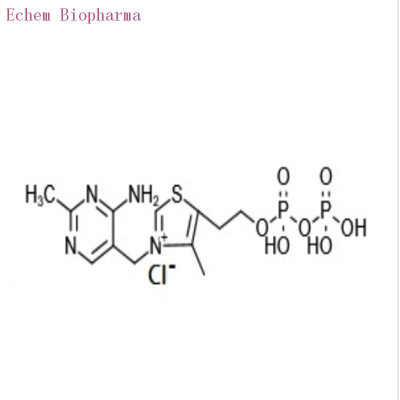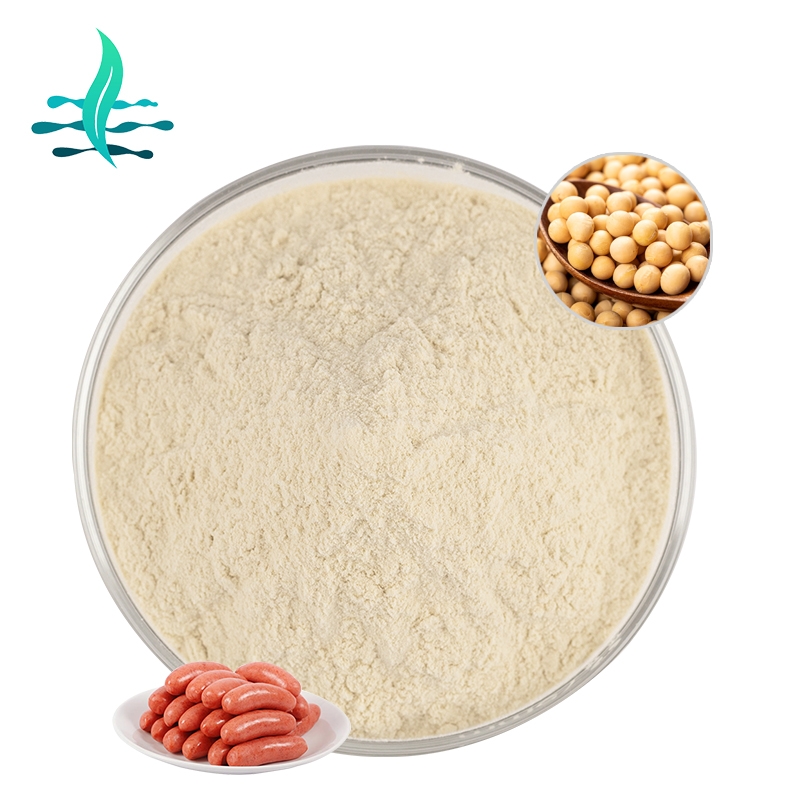-
Categories
-
Pharmaceutical Intermediates
-
Active Pharmaceutical Ingredients
-
Food Additives
- Industrial Coatings
- Agrochemicals
- Dyes and Pigments
- Surfactant
- Flavors and Fragrances
- Chemical Reagents
- Catalyst and Auxiliary
- Natural Products
- Inorganic Chemistry
-
Organic Chemistry
-
Biochemical Engineering
- Analytical Chemistry
- Cosmetic Ingredient
-
Pharmaceutical Intermediates
Promotion
ECHEMI Mall
Wholesale
Weekly Price
Exhibition
News
-
Trade Service
net/tag_2315.
html" class="zdbq" title="Fishery related food information" target="_blank">Fisheries and foodmate.
net/tag_4826.
html" class="zdbq" title="Aquaculture related food information" target="_blank">Aquaculture foodmate.
net/tag_4582.
html" class="zdbq" title="Service-related food information" target="_blank">Service (Sernapesca) showed that in Chile’s two main production areas, the number of foodmate.
net/tag_4369.
html" class="zdbq" title="Breeding related food information" target="_blank">farmed foodmate.
net/tag_622.
html" class="zdbq" title="Salmon related food information" target="_blank">salmon deaths caused by red tides was about 5,282 tons.
Red tides caused losses in Los Lagos and Aysen areas equivalent to 3.
4% of the total active biomass in the affected areas.
4% of the total active biomass in the affected areas.
So far, 18 farms have maintained an active action plan to prevent large-scale mortality, of which 6 farms are in the Los Lagos area, 12 are in the Aysen area, and the mortality rate in the Los Lagos area is 2843 tons, which is equivalent to 11.
8% of the active biomass is 2439 tons in Aysen, which is equivalent to 1.
9%.
8% of the active biomass is 2439 tons in Aysen, which is equivalent to 1.
9%.
As of April 10, about 4301 tons of fish have been removed, accounting for 81% of the total.
Sernapesca approved the transfer of live fish from farms in the affected area, 5.
9 million fish from the Los Lagos area, and 3,487.
5 million fish from the Aysen area.
In addition, Sernapesca has approved the fishing of a total of 1.
3 million fish.
9 million fish from the Los Lagos area, and 3,487.
5 million fish from the Aysen area.
In addition, Sernapesca has approved the fishing of a total of 1.
3 million fish.
Sernapesca said that in the Aysen area, salmon production bases operated by Cooke Aquaculture, Mowi, AquaChile, Yadran, Multiexport and Granja Marina Tornagaleones were hit by low oxygen levels or red tides (HAB).
In the Los Lagos area, Camanchaca has suffered.
In the Los Lagos area, Camanchaca has suffered.
During the transition from summer to autumn in Chile each year, there is usually a risk of red tide and low oxygen level intrusion, because higher water temperature and increased precipitation increase the nutrient level in the ocean.
Algae will reduce the oxygen content in the water, it will attach to the gills of the fish, making it more difficult for them to absorb oxygen, leading to suffocation.
Algae will reduce the oxygen content in the water, it will attach to the gills of the fish, making it more difficult for them to absorb oxygen, leading to suffocation.







